As temperatures soar to a scorching 43 degrees Celsius, residents across the region are grappling with the relentless onslaught of a merciless heatwave. With no respite in sight and rain nowhere on the horizon, communities are enduring drought-like conditions, exacerbating the already dire situation.
Amidst the sweltering heat, concerns about El Niño loom large, casting a shadow of uncertainty over the weather patterns. El Niño, a natural climate phenomenon, has once again reared its head, triggering significant changes in nature and weather dynamics.
Originating from the coast of South America, El Niño and its counterpart, La Niña, are intrinsically linked to sea surface temperature and atmospheric pressure variations. While El Niño brings about warmer conditions, La Niña ushers in cooler temperatures, each with distinct impacts on weather patterns.
El Niño, characterized by reduced rainfall and soaring temperatures, has been wreaking havoc across the region, leading to parched landscapes and dwindling water sources. Conversely, La Niña, marked by increased rainfall and lower temperatures, brings relief but also the risk of flooding.
The effects of El Niño extend far and wide, disrupting weather patterns from Australia to Bangladesh, India, and Myanmar. As monsoon winds veer westward, rainfall diminishes, leaving swathes of land parched and barren. Agriculture suffers, and communities reel under the scorching sun, with droughts looming large.
Meteorologists have identified telltale signs of El Niño, including heightened surface pressure in the Indian Ocean and reduced rainfall in the eastern Pacific region. These indicators foretell drastic shifts in climate, with global warming exacerbating the situation.
Experts warn that El Niño-induced events are becoming more frequent, with 2024 poised to experience its full impact. As temperatures rise and rainfall patterns shift, the region braces for further challenges, with the prospect of La Niña offering some respite in the coming months. In the midst of uncertainty, communities are left to contend with the vagaries of nature, adapting to the changing climate landscape. As El Niño tightens its grip, the need for sustainable practices and climate resilience becomes ever more pressing, offering a glimmer of hope amidst the heat and drought.
End/v7n/rh/dk



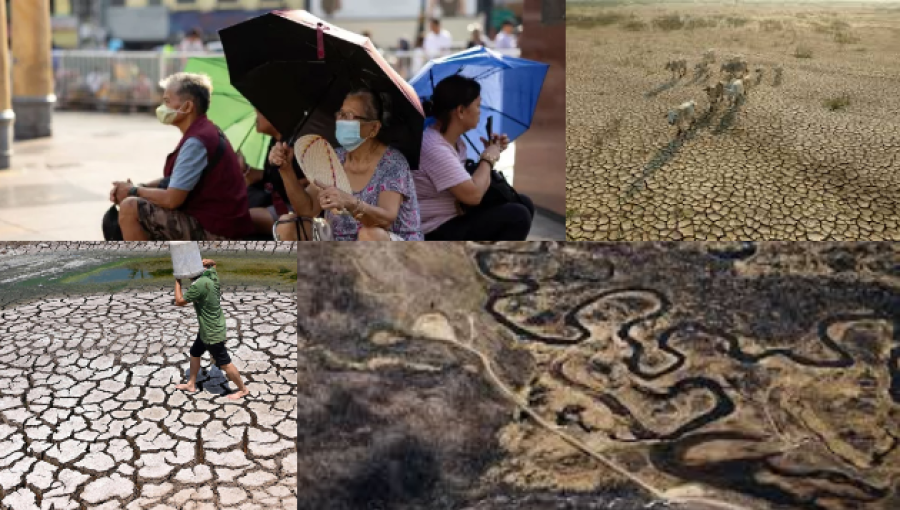
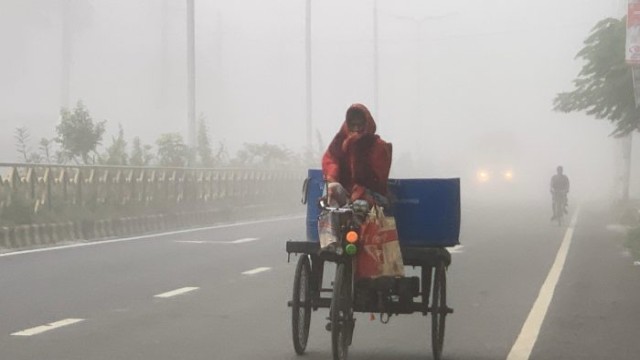


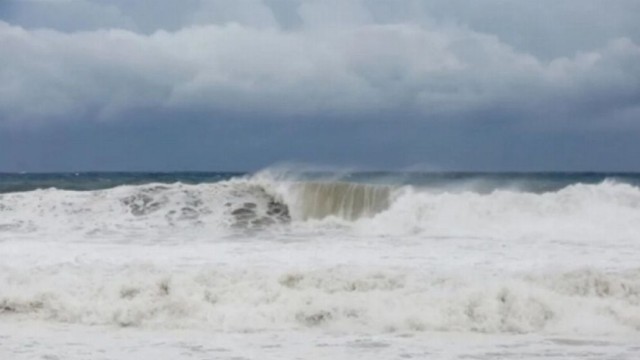
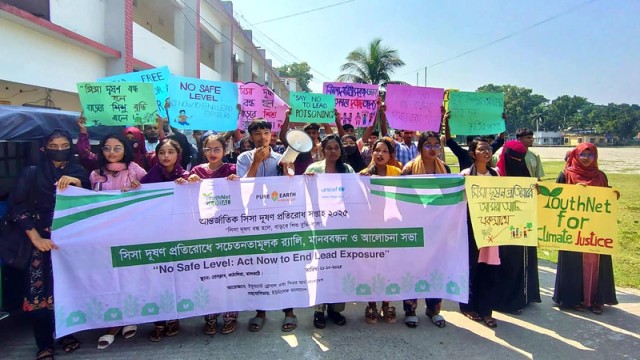
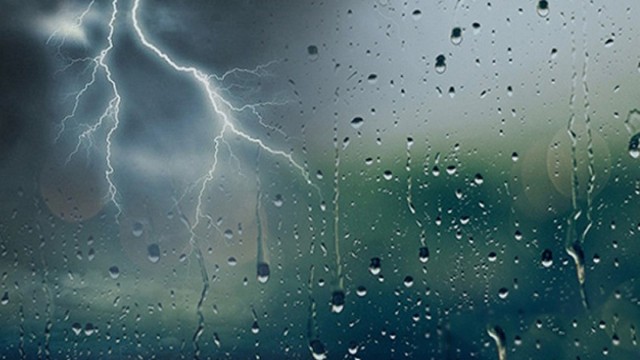





















Comment: